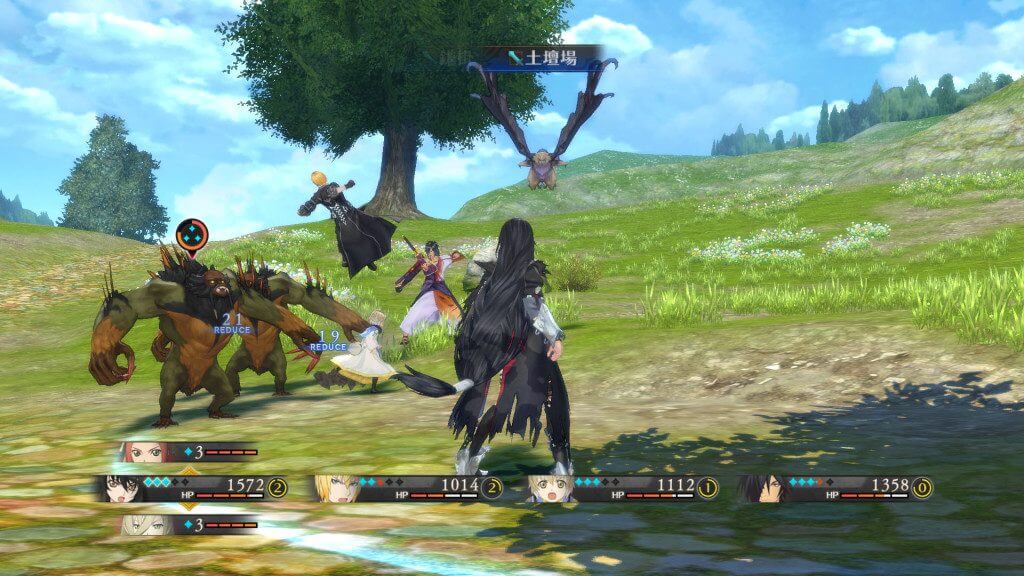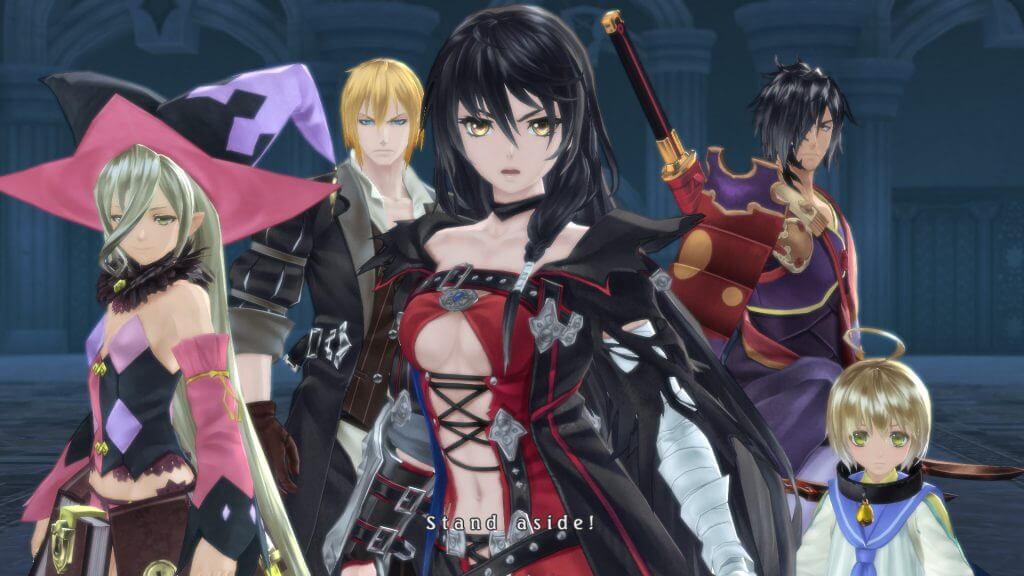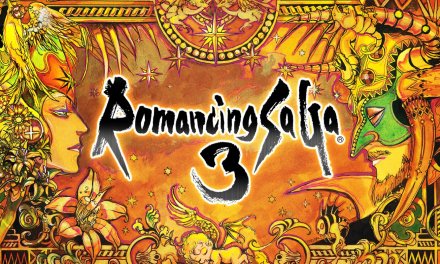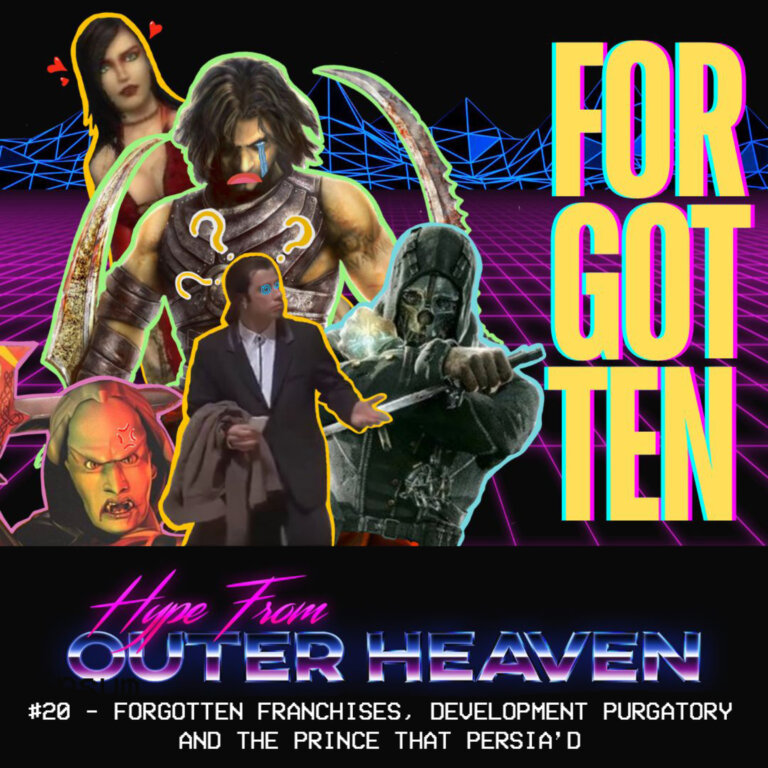Why do you think that birds fly?…
The next instalment of the long-running Tales of series has finally been released with Tales of Berseria. I’m a huge fan of the Tales of series, having played most of them that have been released. However, I can’t help but feel the last few have felt a little ‘stale’. Tales of Graces f and Tales of Xillia are personal favourites of mine, the pinnacle of the series I would say to a JRPG fan looking to play their first Tales of game. However, after my 25 hours with Tales of Berseria, I’m happy to say this is right up there with the best of them.
First and foremost, with every Tales of game in the series (unless you play Xillia and Xillia 2) brings in a brand new series. Tales of Berseria is no different in that respect and massive credit to Bandai Namco here, Tales of Berseria has one of the finest stories the series has seen. You take control of the main protagonist Velvet Crowe, a lovely, shy girl in a small village. Her older sister Celica was killed, leaving her to bring up her younger brother Laphicet alongside her brother-in-law, Arthur. Without spoiling anything major, it soon becomes apparent that you never trust your in-laws (mostly in real life too!….) as Arthur betrays her.
This lovely, shy girl I saw in the first hour or two then transformed into a daemon, completely seeking out revenge and death against her brother-in-law turned enemy (both are the same right?!?)…. Velvet’s attitude also completely changed with it, giving out sarcastic remarks, straight forward and with no care in the world for anyone besides herself. Deploying on her adventure for revenge, Velvet will meet characters that are even stranger than herself but come together as a cohesive unit in order to take down Arthur and his newly established Abbey faction. From start to finish, it was a story in which I completely grasped and one that I’ll definitely remember as more and more Tales of games are released in the future.

Gameplay wise, Tales of Berseria follows a similar pattern to the old games, whilst also allowing a lot more free movement in the battlefield. Battles are frequent which helps with grinding, which is something that you’ll definitely need to do in the latter parts of the game! The main battle techniques are artes which can be used cohesively with the games’ Soul Gauge. Represented by 5 points, you can pull off a variety of basic/strong attacks depending on how many of the Gauge points you have lit up. R2 has some devastating attacks if you have the gauge points available, but be sure to be careful when to use them. It’s a battle system that definitely gets deeper the more you play it, with 4 players available to be on screen at one time. You can sub the others on though, which is good. Tales of Berseria doesn’t completely change a winning formula in it’s gameplay approach, and I for one am glad that subtle approach was the way the developers decided to go.
Equipment is just as important as levelling up in Tales of Berseria, which to many JRPG fans will recognise as quite normal for a game of this genre. At each village and cave, there is usually a merchant who will be willing to sell you the latest weapons and accessories in order for you to keep your stats at the maximum. I would recommend you saving as much Gald as you can for the chance to improve your equipment at your disposal.

What did leave me feeling a little deflated was the visuals on offer in Tales of Berseria. Whilst the full-on anime cutscenes are fantastic, the in-game visuals have a lot to be desired. They’re not bad in any sense of the word, but look very similar to that of Tales of Xillia, a game that was released in 2011 on the PlayStation 3. Whilst villages and fields look nice, the caves and dungeons are very bland, to say the least. It definitely looks like a PlayStation 3 game still, and by today’s standards, that is not good enough. The developers really need to get on to making the Tales of series a proper next-generation title now. Look at Ni No Kuni 2 for instance, that is the visual power that Tales of has to match going forwards.
Sound wise, I felt the complete opposite to that of the visuals. The audio is available in both English and Japanese (quite a nice touch by Bandai Namco there!) but it is the voice acting that really stood out for me. You can tell that the voice actors really had an attachment to the characters they were portraying in the game and it made such a difference in the game, as well as telling the overall story. You believe everything you said, feel every emotion. It’s something that Tales of Berseria gets spot on in every way. The overall music backing the game has a distinct Tales of feel to it, but one that really fits in well with the tone of the game.
Tales of Berseria is available now for the PlayStation 4 and Steam.
A PlayStation 4 Review Code was provided by Bandai Namco







